Acne-Prone Skin Solutions: Fighting Breakouts & Blemishes
Acne 101: Understanding Your Breakouts and Getting Clearer Skin
Ugh, pimples. Those uninvited guests on your face can be a real downer, not just aesthetically but also for your confidence. But take a deep breath because acne is a super common skin condition, and you're not alone in this struggle. The good news? With the right knowledge and a personalised approach, you can tackle those breakouts and achieve clearer, healthier skin.
This blog is your one-stop shop for understanding acne. We'll delve into the different types, explore the culprits behind those pesky bumps, and equip you with treatment options and prevention strategies. So, let's get started on our journey to clear skin confidence!
What Exactly is Acne?
Acne is a skin condition that occurs when oil (sebum) produced by your sebaceous glands mixes with dead skin cells, clogging hair follicles. These clogged follicles create the perfect breeding ground for bacteria, leading to inflammation and, ultimately, those dreaded pimples. Acne most commonly affects teenagers due to hormonal changes during puberty, but adults can also experience breakouts throughout their lives. While most people eventually see their acne clear up, it can be a persistent foe for some.
Different Types of Acne
Not all acne is created equal. There are several types, each with its distinct appearance:
Whiteheads:
These tiny, white bumps form when a clogged pore remains closed at the surface. They might not be super noticeable, but they're definitely unwelcome guests.
Blackheads:
Similar to whiteheads, blackheads are also caused by clogged pores. However, the pore's opening remains open, allowing the sebum inside to oxidise and turn black, hence the name.
Papules:
Imagine tiny, red, solid bumps on your skin. Those are papules. They occur when inflammation arises around a clogged pore, taking your breakouts to the next level (of annoyance).
Pustules:
Think papules but with a white pus-filled centre – that's a pustule. These inflamed bumps are a sign of further infection within the clogged pore.
Nodules:
These are deeper troublemakers. Nodules are large, solid bumps that form deep under the skin and can be quite painful.
Cysts:
The most severe form of acne, cystic acne, causes large, pus-filled bumps that can burrow deep within the skin and leave permanent scars if not treated properly. Yikes!
The Culprits Behind the Breakout: What Causes Acne?
Several factors can contribute to acne development. Let's meet the villains behind those breakouts:
- Hormonal Fluctuations: Hormonal changes, especially those that occur during puberty or your menstrual cycle, can increase oil production and trigger breakouts.
- Genetics: Acne can run in families. If your parents battled acne, you're also more likely to experience it. Thanks, genes!
- Bacteria: Propionibacterium acnes (C. acnes) thrives in clogged pores and contributes to the inflammation that leads to those red, angry bumps.
- Diet: While there's no single "acne food," certain dietary choices like sugary treats and dairy products can worsen acne for some people. Pay attention to how your skin reacts to different foods and adjust your diet accordingly.
- Medications: Certain medications, such as corticosteroids, can have acne breakouts listed as a side effect. If you suspect your medication is contributing to your acne, talk to your doctor.
- Stress: Feeling stressed? Unfortunately, stress can worsen acne symptoms. When stressed, your body produces hormones like cortisol, which increase oil production and trigger breakouts.
Calming the Chaos: A Soothing Skincare Routine for Oily, Acne-Prone Skin
Now that we've identified the acne culprits, let's discuss how to combat them and achieve a calmer, clearer complexion. Here, we'll establish a sample skincare routine that incorporates gentle yet effective products suitable for oily, acne-prone skin:
Morning Cleanse:
Start your day with a gentle cleanser like the beplain Mung Bean pH-Balanced Cleansing Foam. This cleanser will remove excess oil and dirt without stripping your skin's natural moisture barrier, which can worsen acne in the long run.
Treatment Toner:
After cleansing, swipe a toner like the Anua Heartleaf 77% Soothing Toner across your face. This toner contains heartleaf extract, a natural ingredient known for its anti-inflammatory and calming properties. It will help reduce redness and soothe irritation caused by acne.
Moisturizer + SPF:
Acne-prone skin still needs moisture! Apply a lightweight, oil-free moisturiser plus SPF protection, like Dr. G Green Mild Up Sun+ SPF50+ PA++++. This moisturising Sunscreen will hydrate your skin without clogging pores, and the SPF shield protects against sun damage that can worsen acne scarring.
Evening Cleanse:
After a long day, repeat the cleansing step with the beplain Mung Bean pH-Balanced Cleansing Foam to remove makeup, sunscreen, and any accumulated dirt or oil.
Exfoliation (2-3 times a week):
Gently exfoliate your skin 2-3 times weekly to remove dead skin cells that can clog pores. Opt for a chemical exfoliant like the Torriden BALANCEFUL Cica Daily Toner Pad, which contains soothing Centella Asiatica (Cica) extract, to avoid irritating your skin.
Ampoule and Serum:
After exfoliating, replenish your skin's hydration with an ampoule like the Anua Heartleaf 80% Moisture Soothing Ampoule. This toner provides concentrated moisture to keep your skin plump and balanced.
Moisturizer:
Finish your night-time routine with a slightly richer moisturizer than your morning moisturizer. The Dr. G RED Blemish Clear Soothing Cream is a great option, formulated with Centella Asiatica to soothe and promote skin healing.
Remember: Consistency is key! It typically takes 4-6 weeks to see a noticeable improvement with an acne treatment routine. Be patient with your skin and stick to your routine for the best results.
Additional Tips for Clearer Skin:
- Wash your face twice a day and avoid touching your face throughout the day.
- Change your pillowcase regularly to prevent bacteria transfer.
- Manage stress through relaxation techniques like yoga or meditation.
- Maintain a healthy diet and drink plenty of water.
- If you have severe acne or persistent breakouts, consult a dermatologist for personalised treatment options.
By following these steps and incorporating products suitable for your skin type, you can effectively manage oily, acne-prone skin and achieve a clearer, healthier complexion. Remember, beautiful skin is achievable with the right knowledge and consistent care!
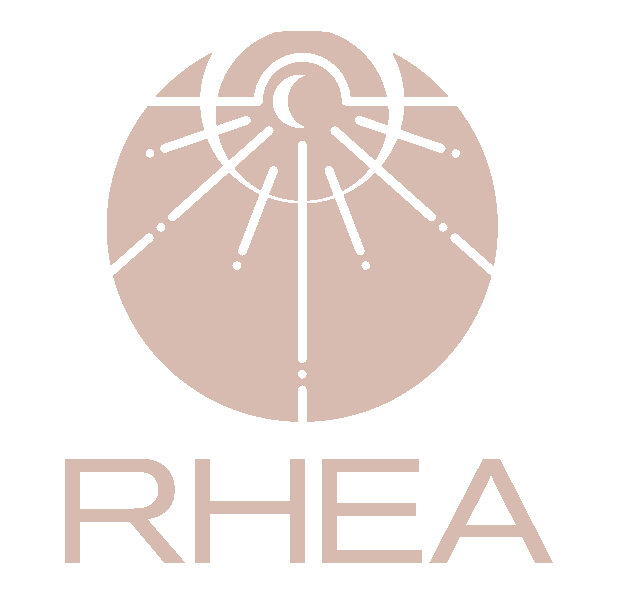
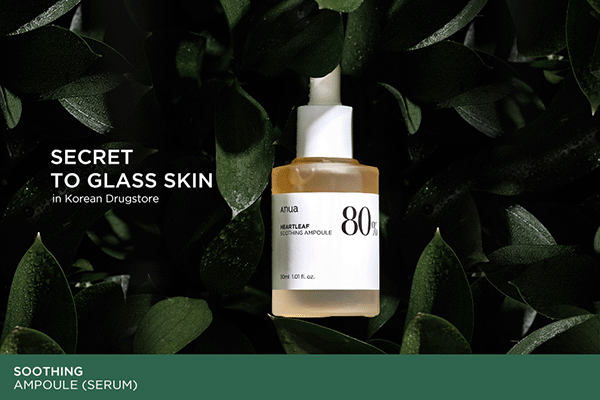
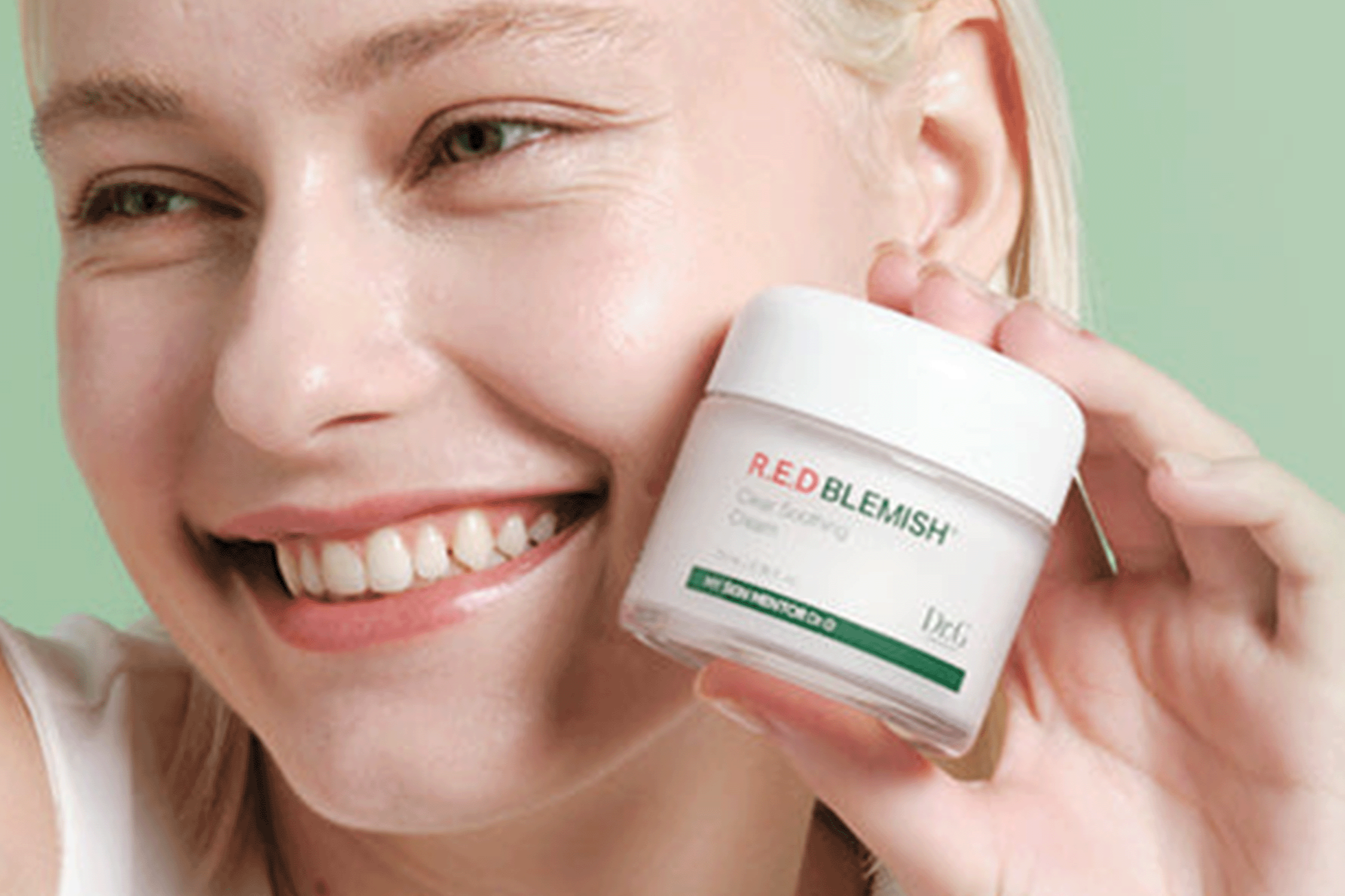
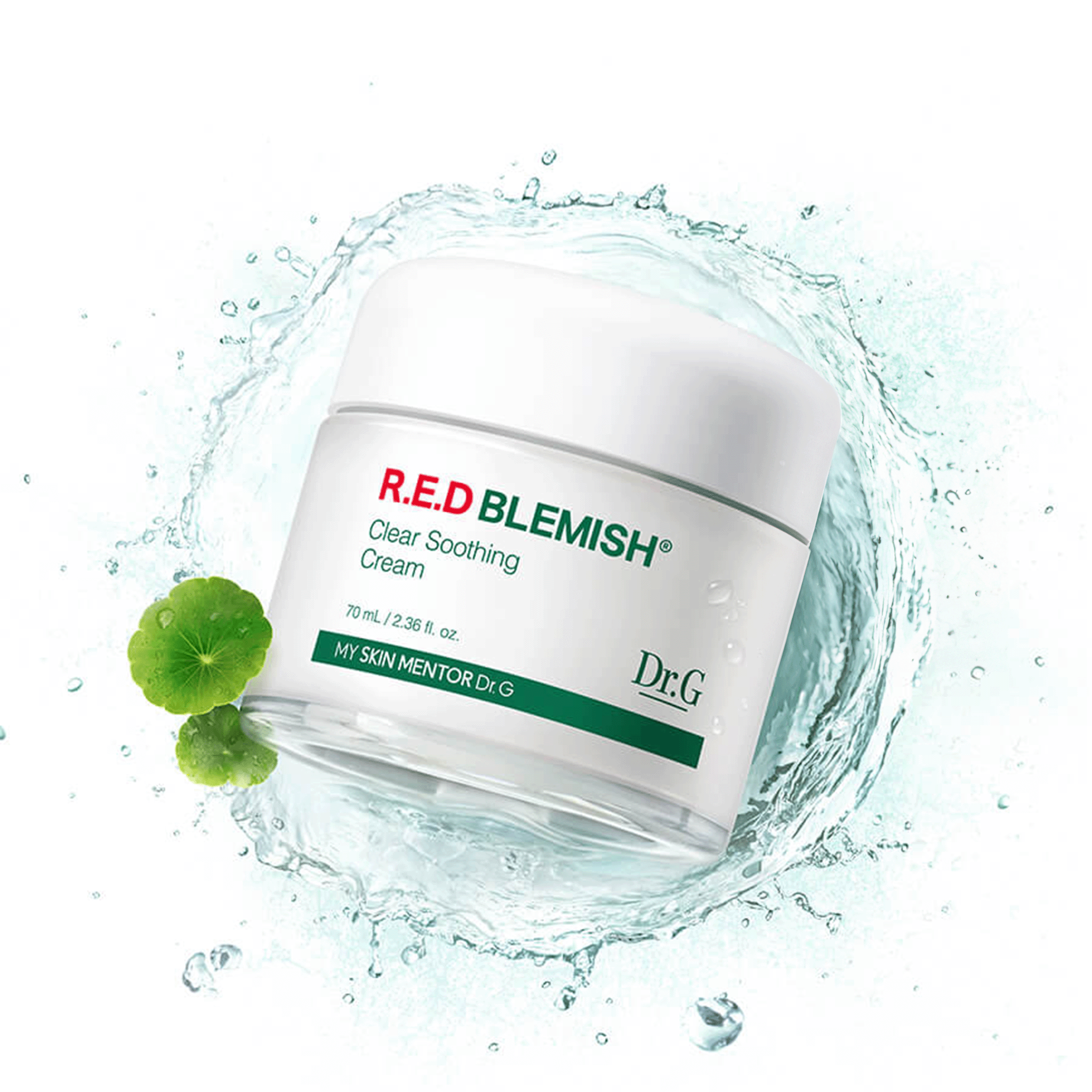
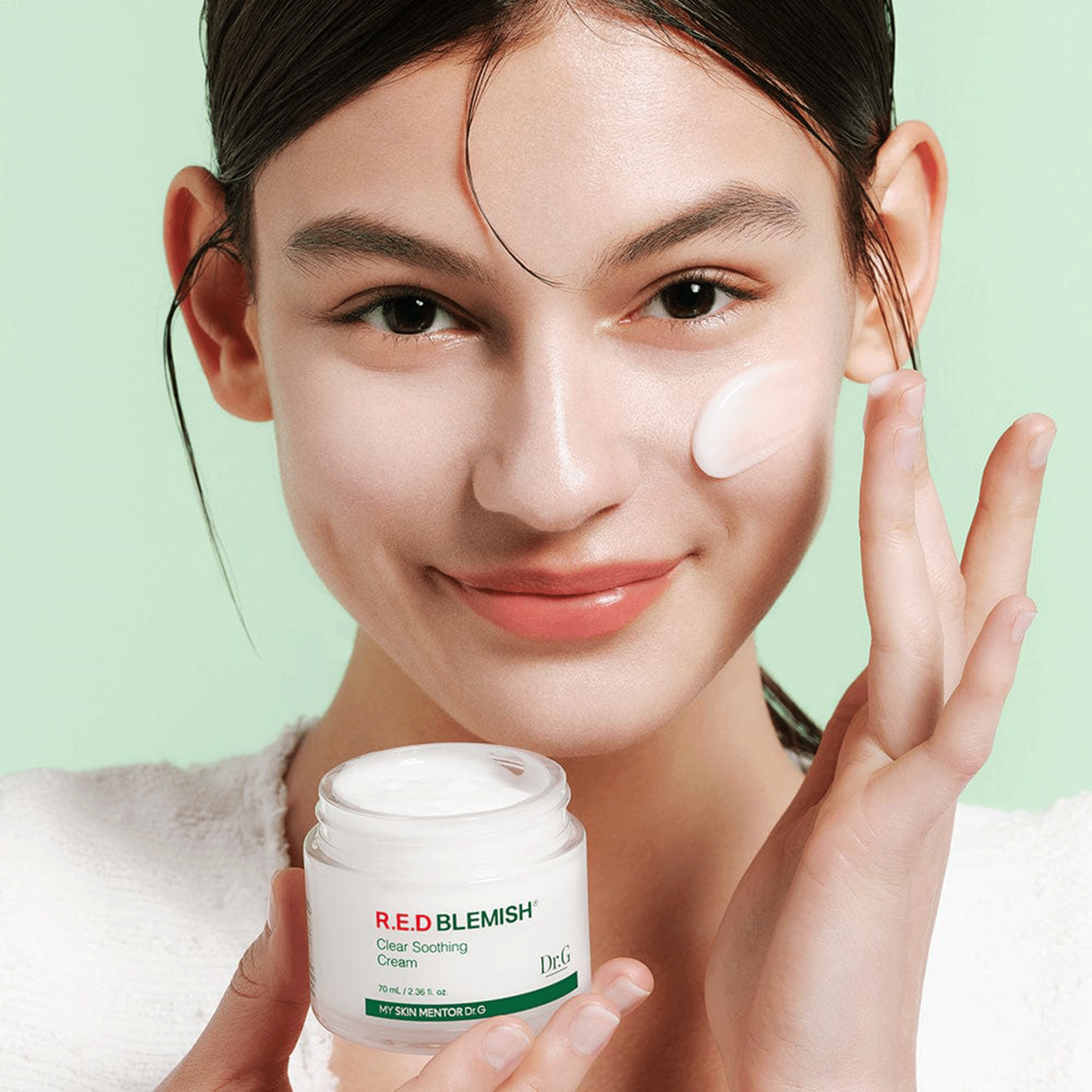
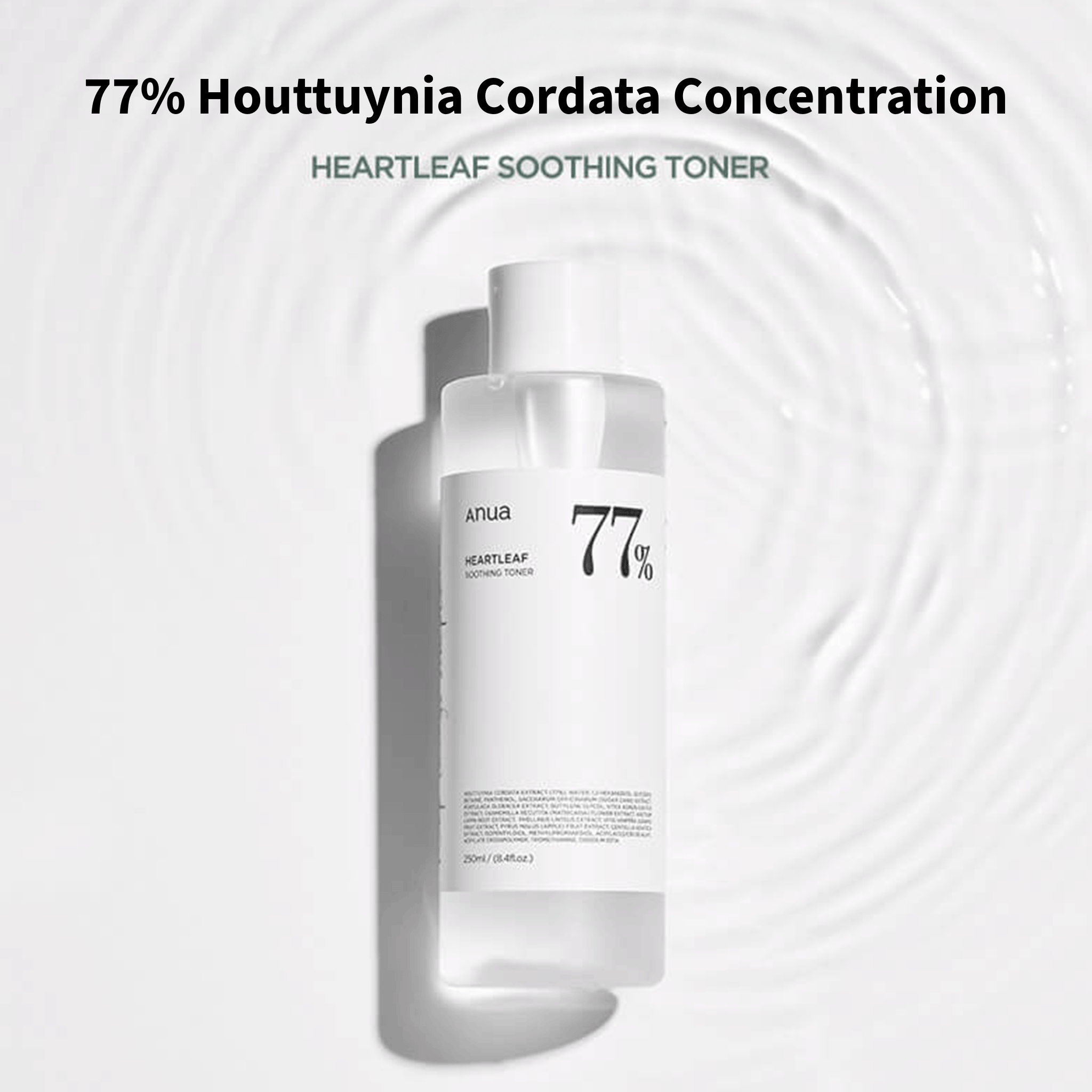
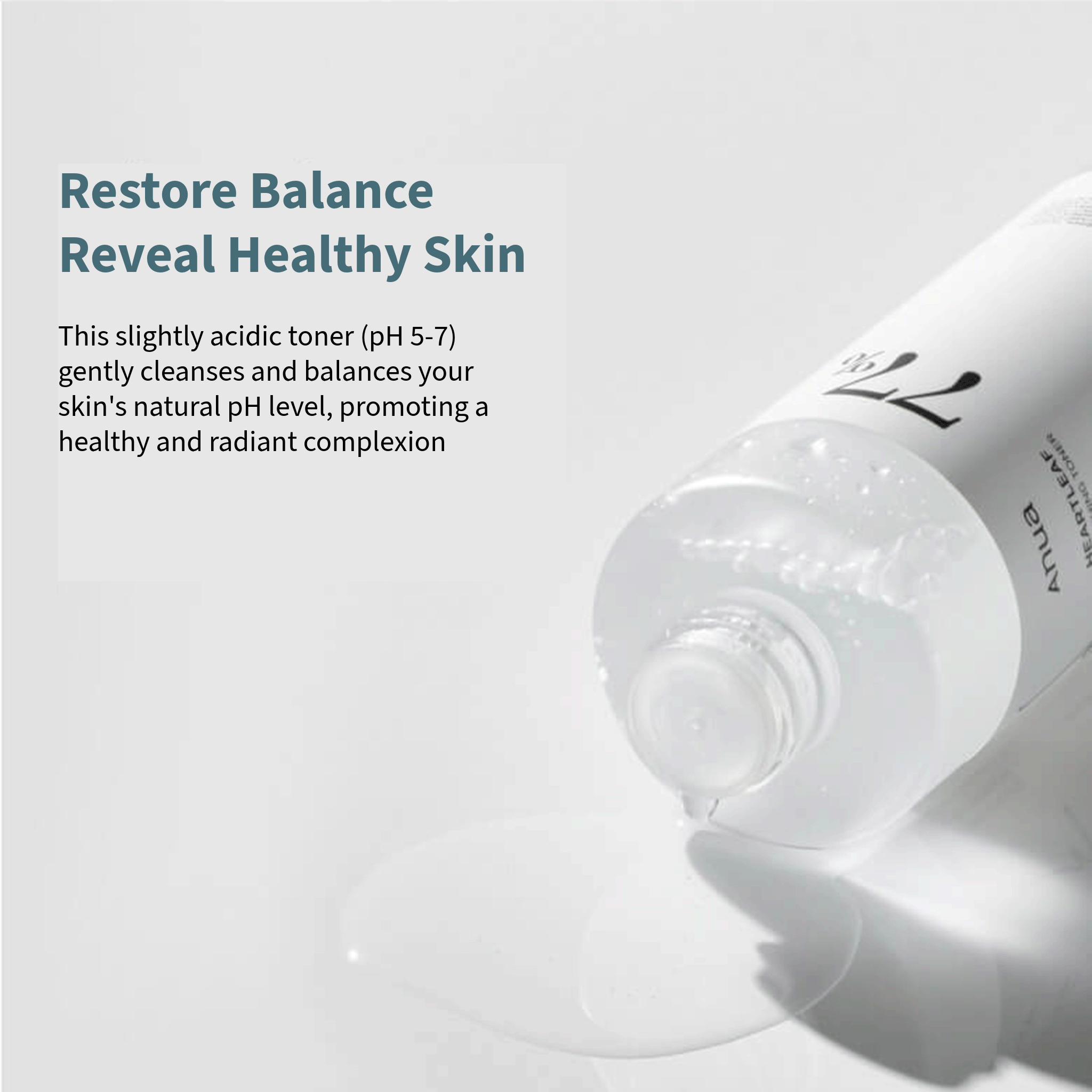
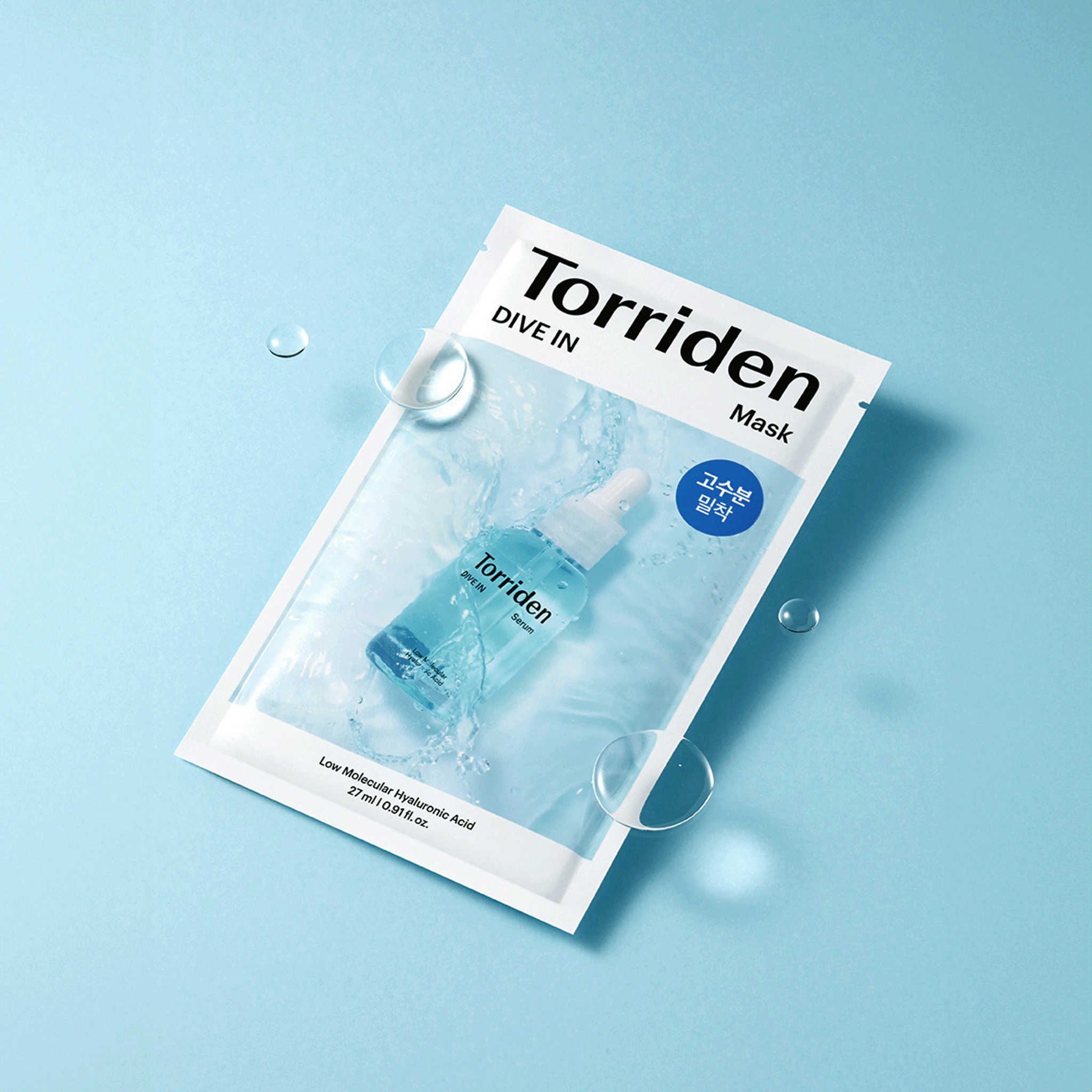
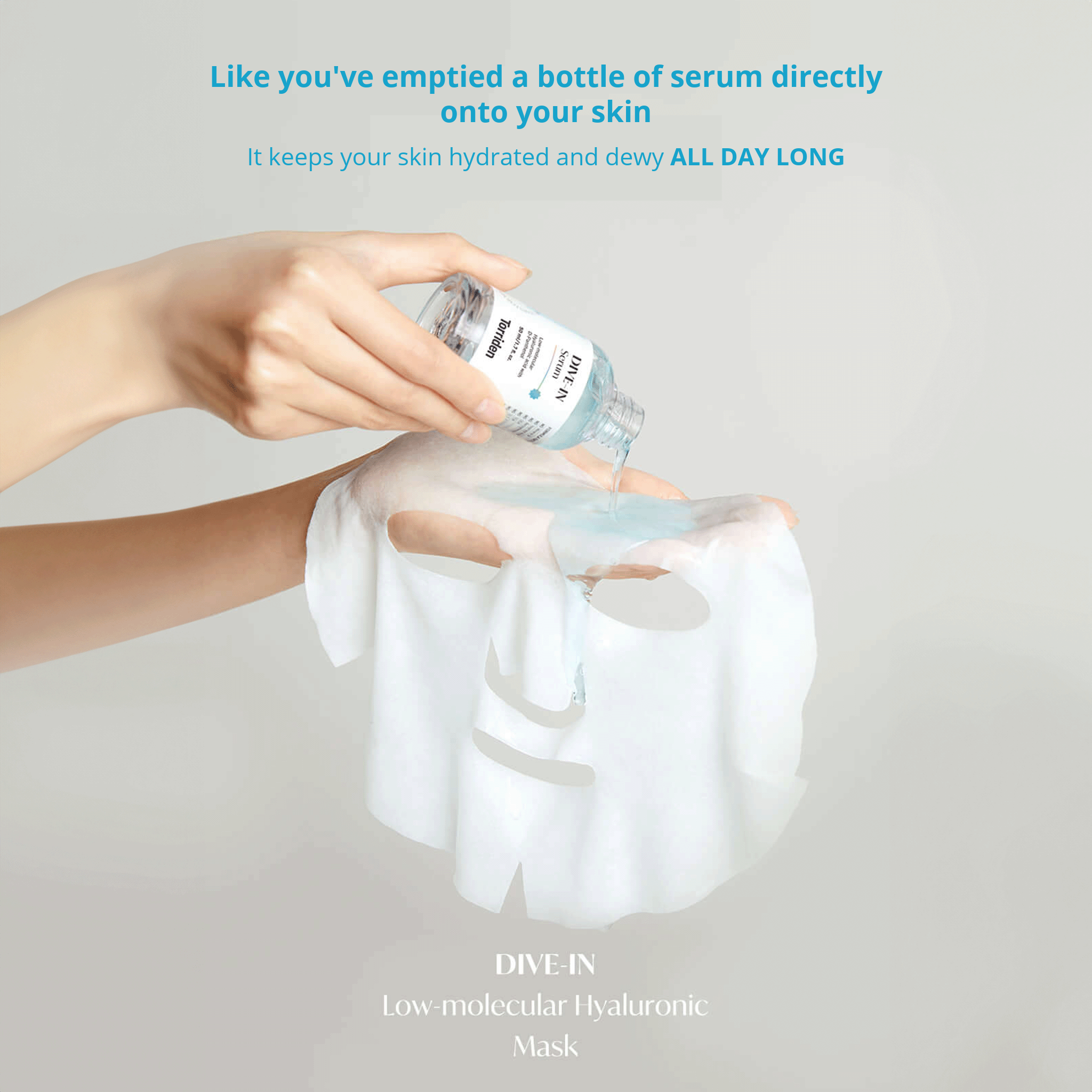
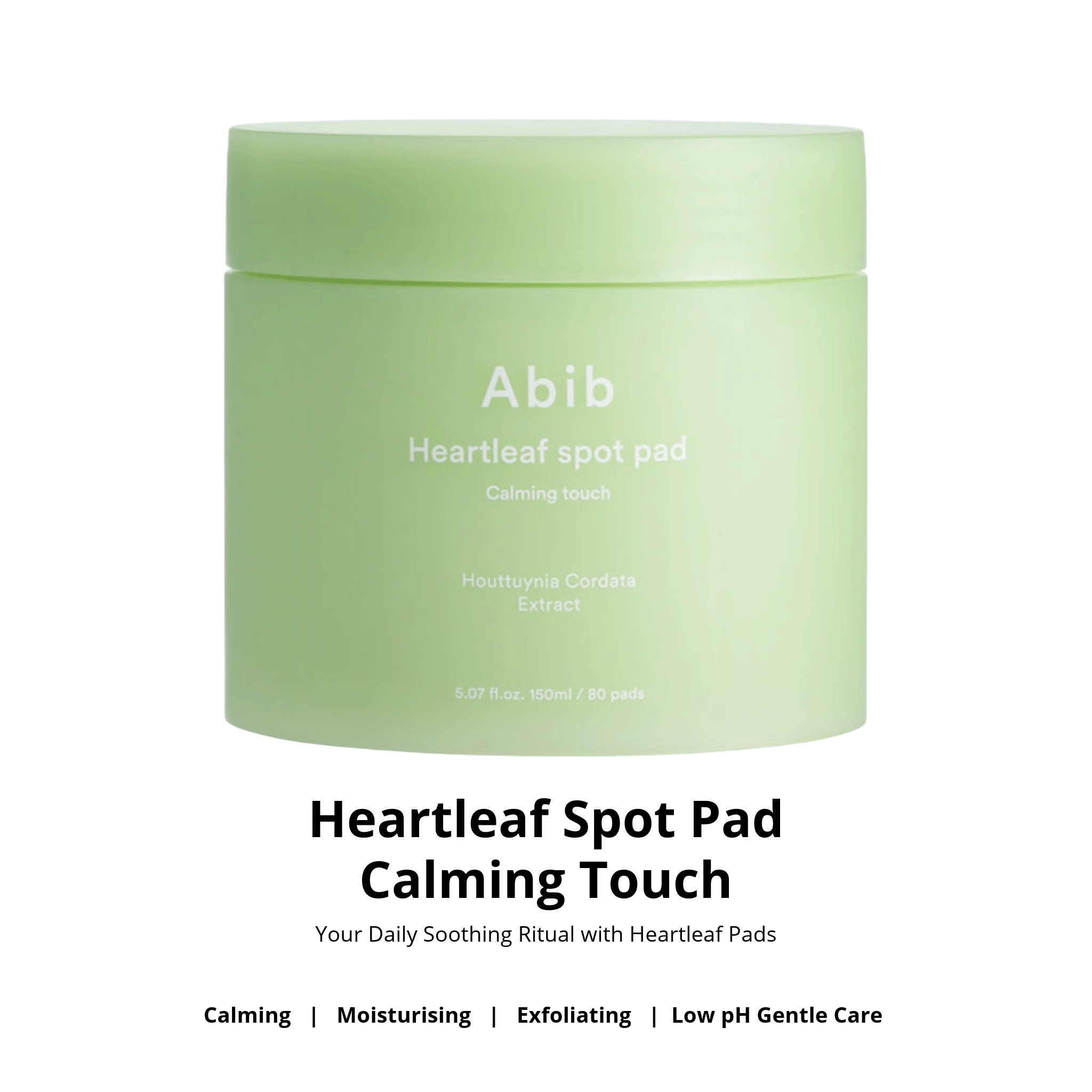
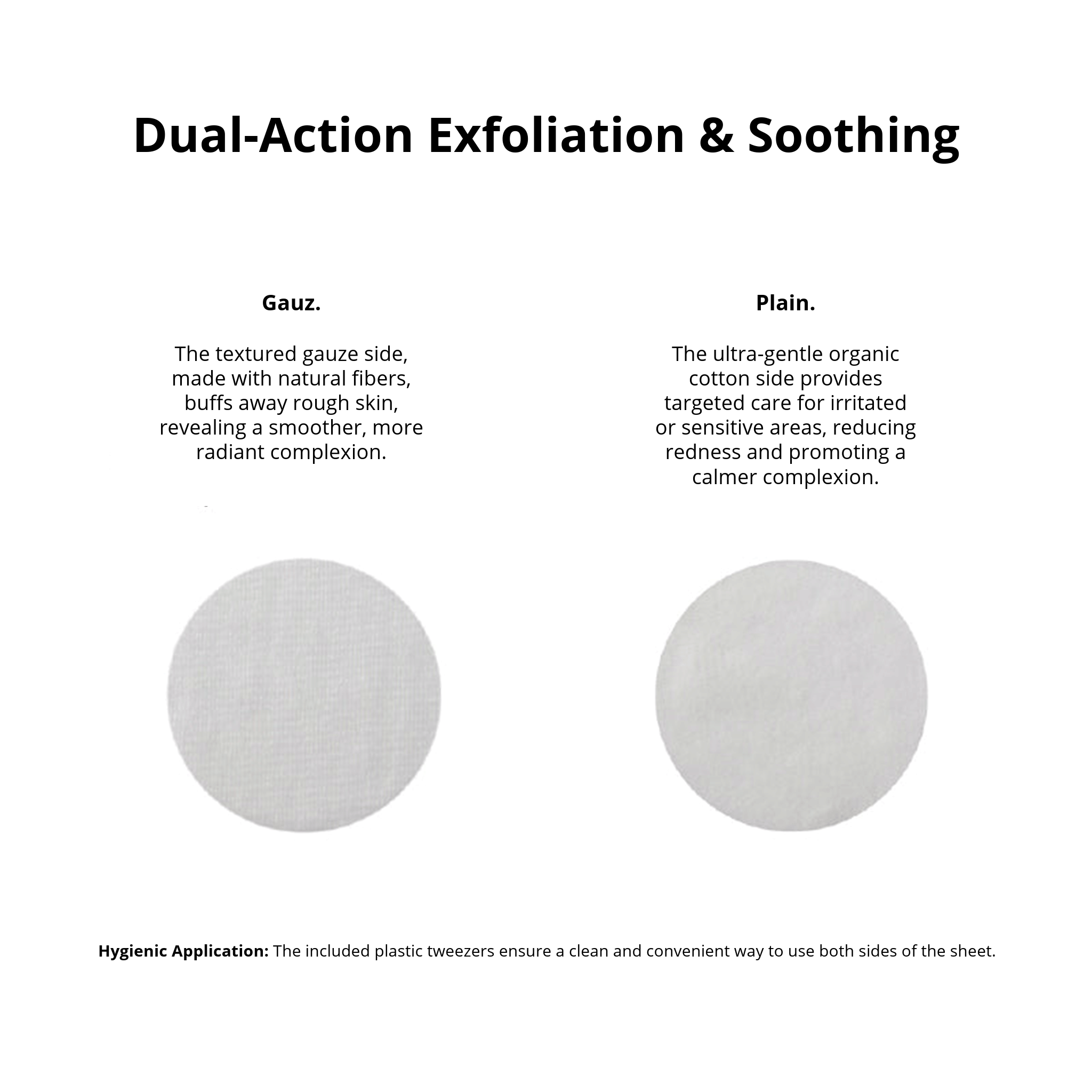
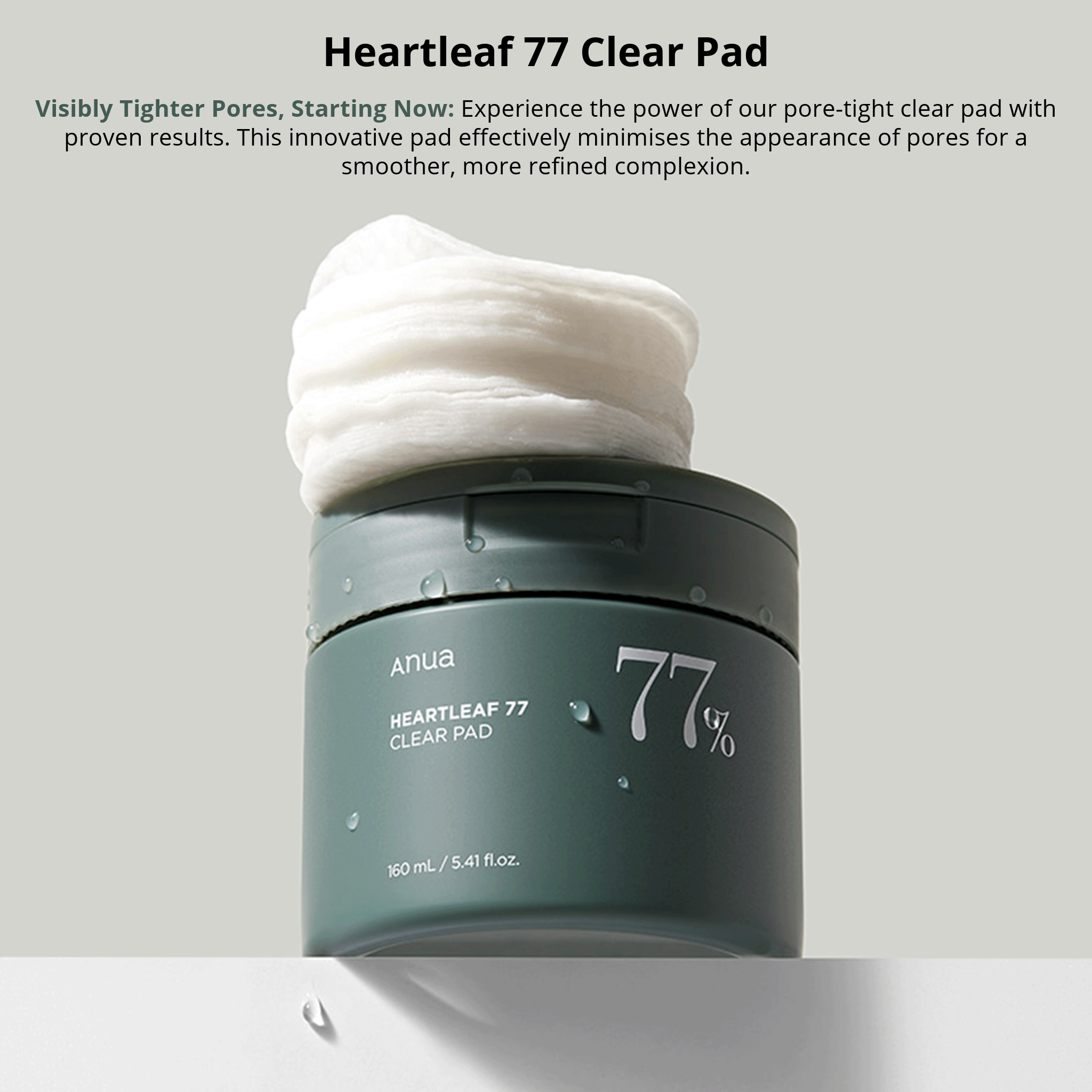
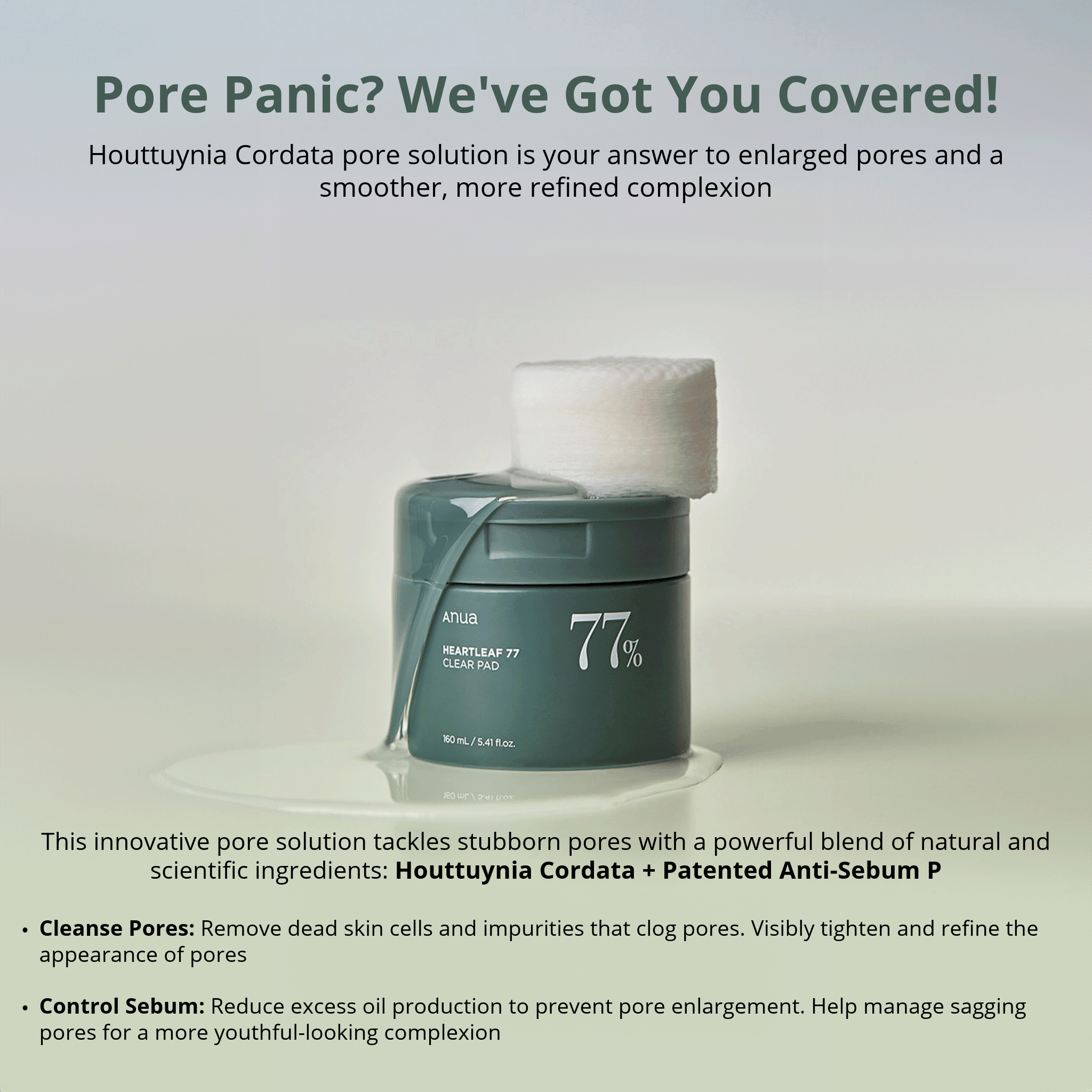
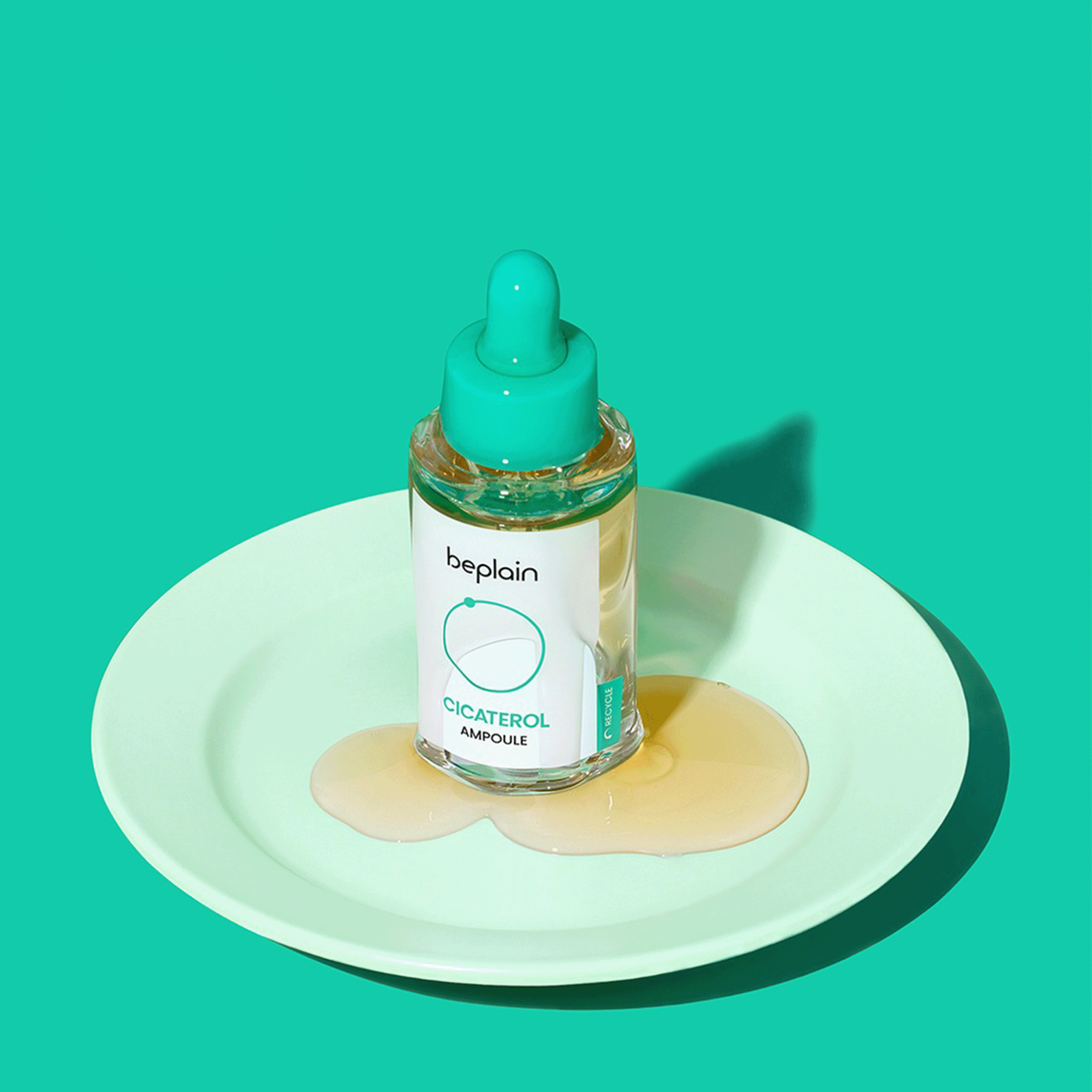
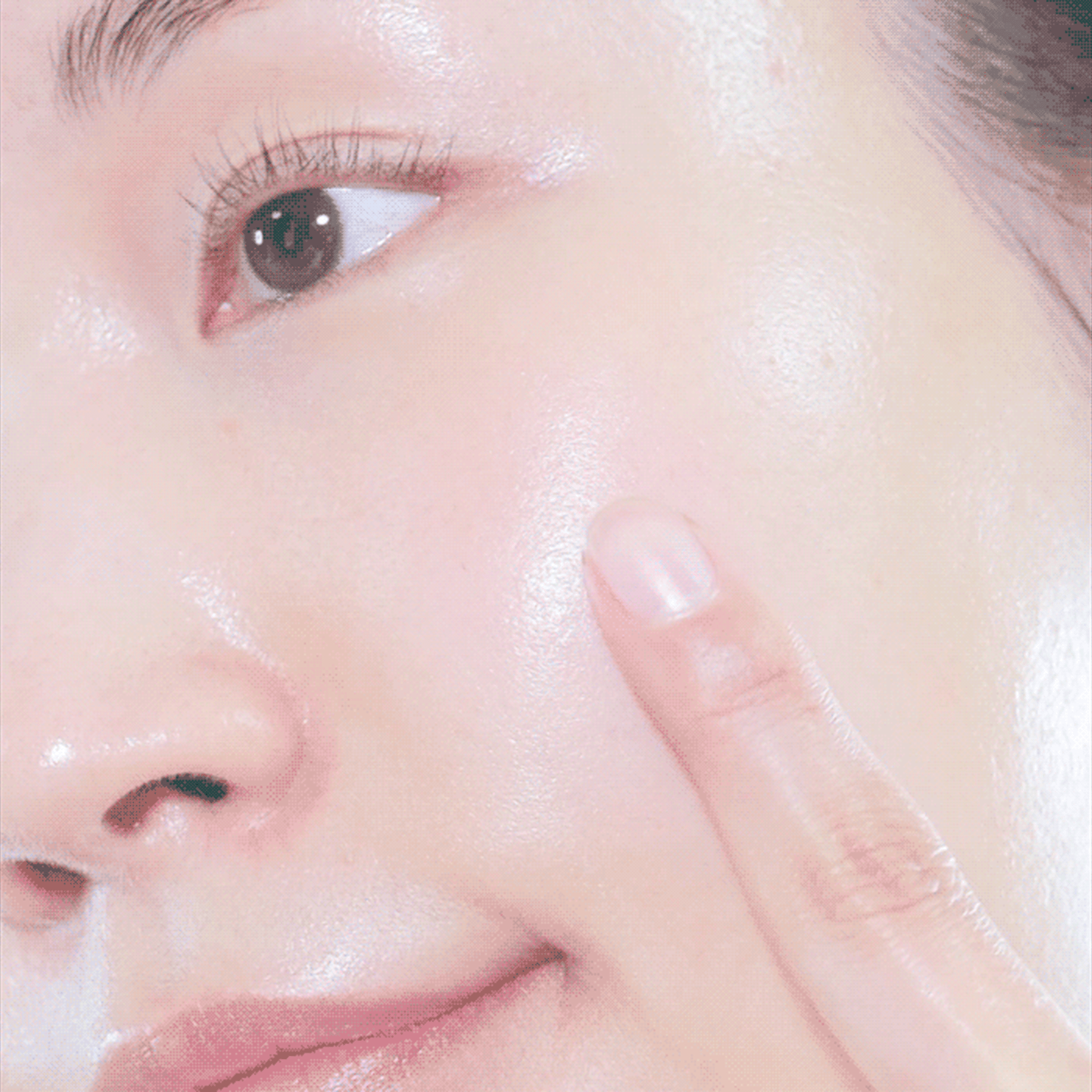
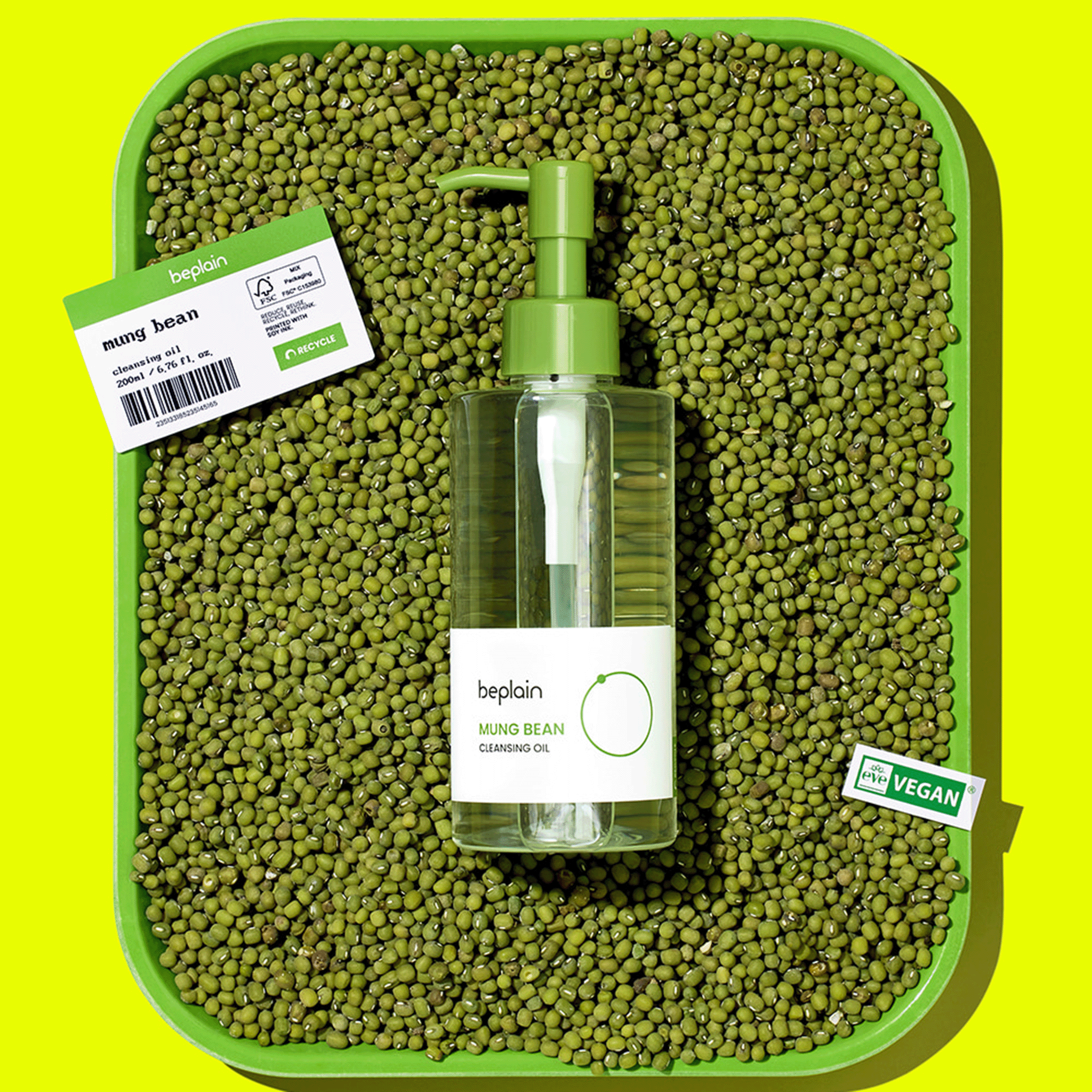
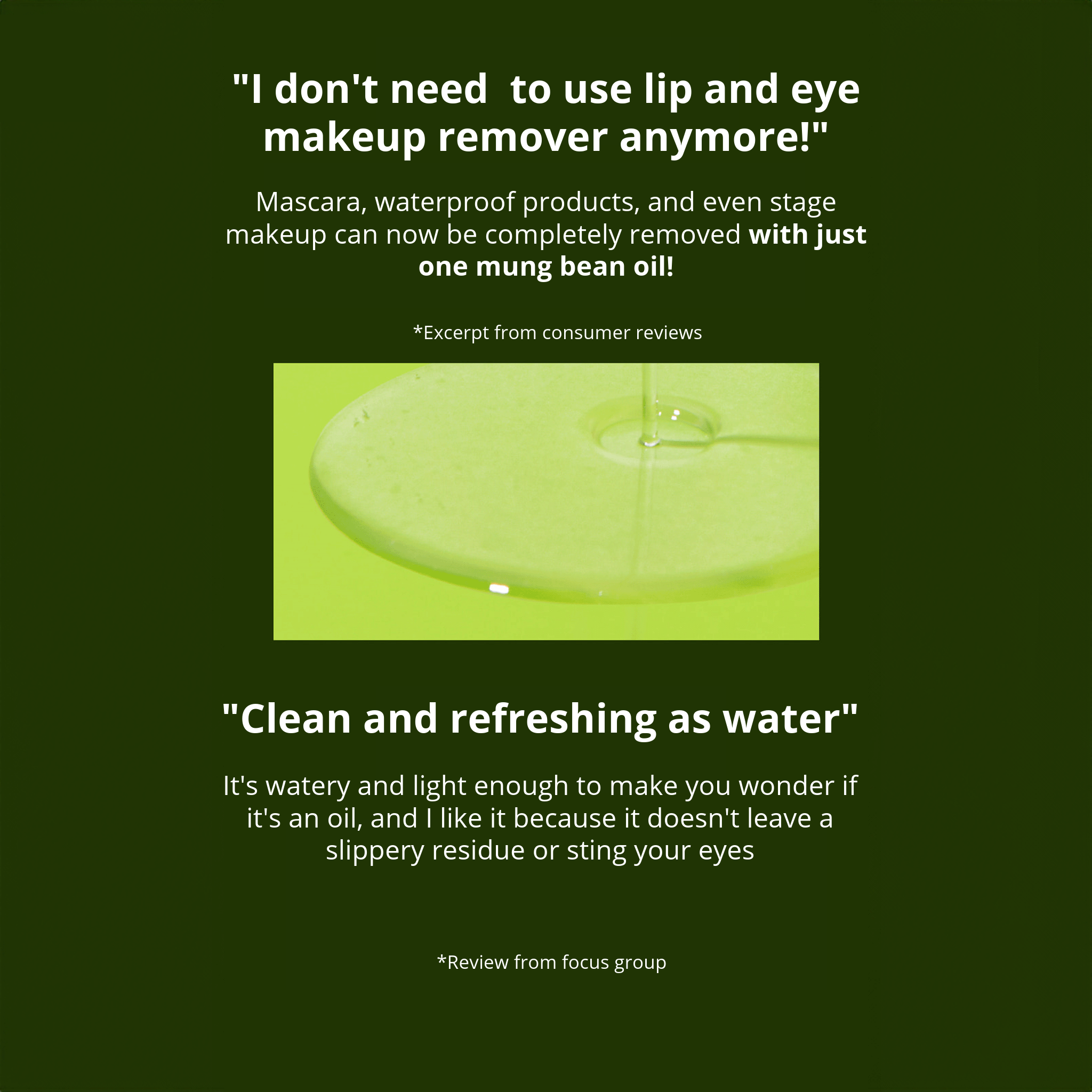
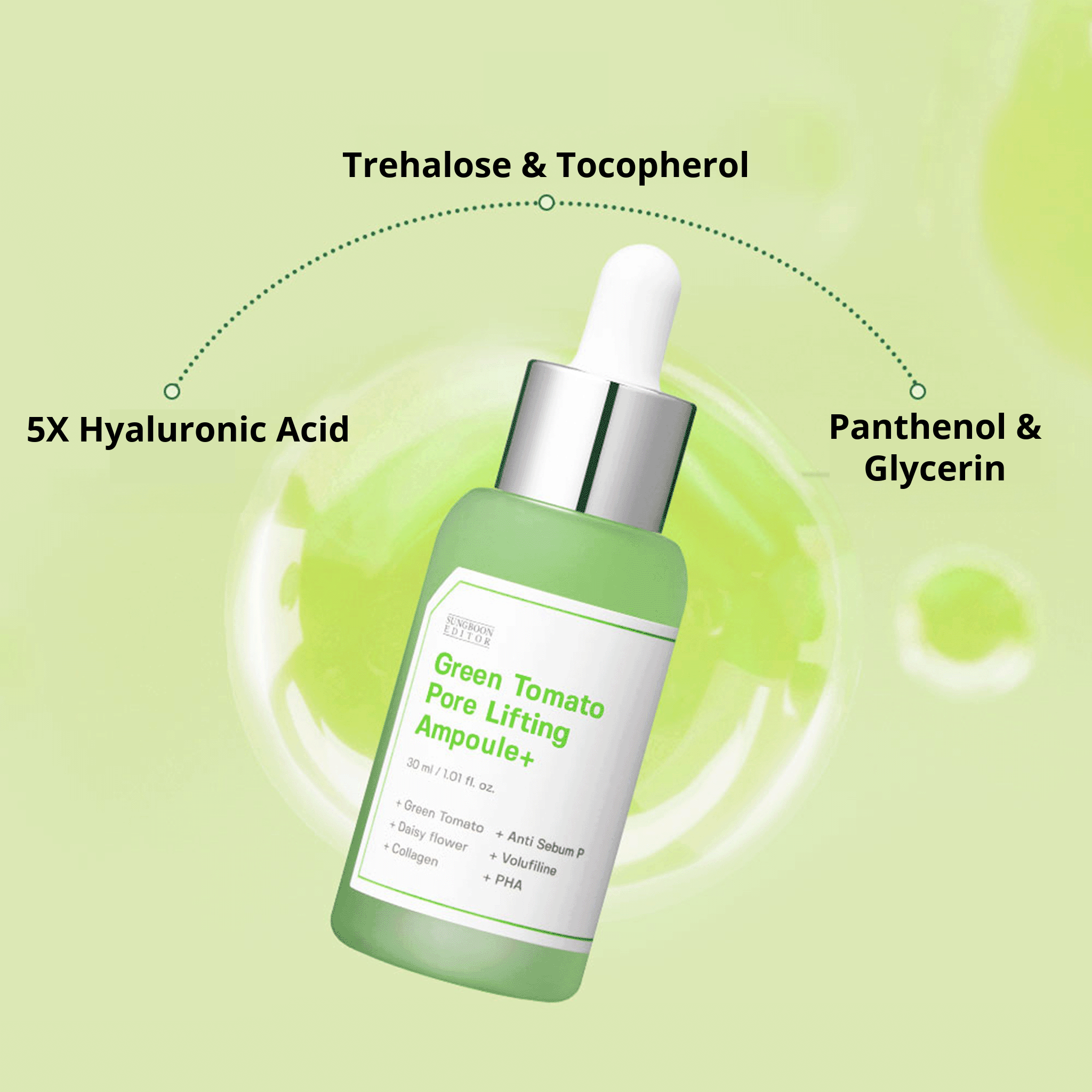
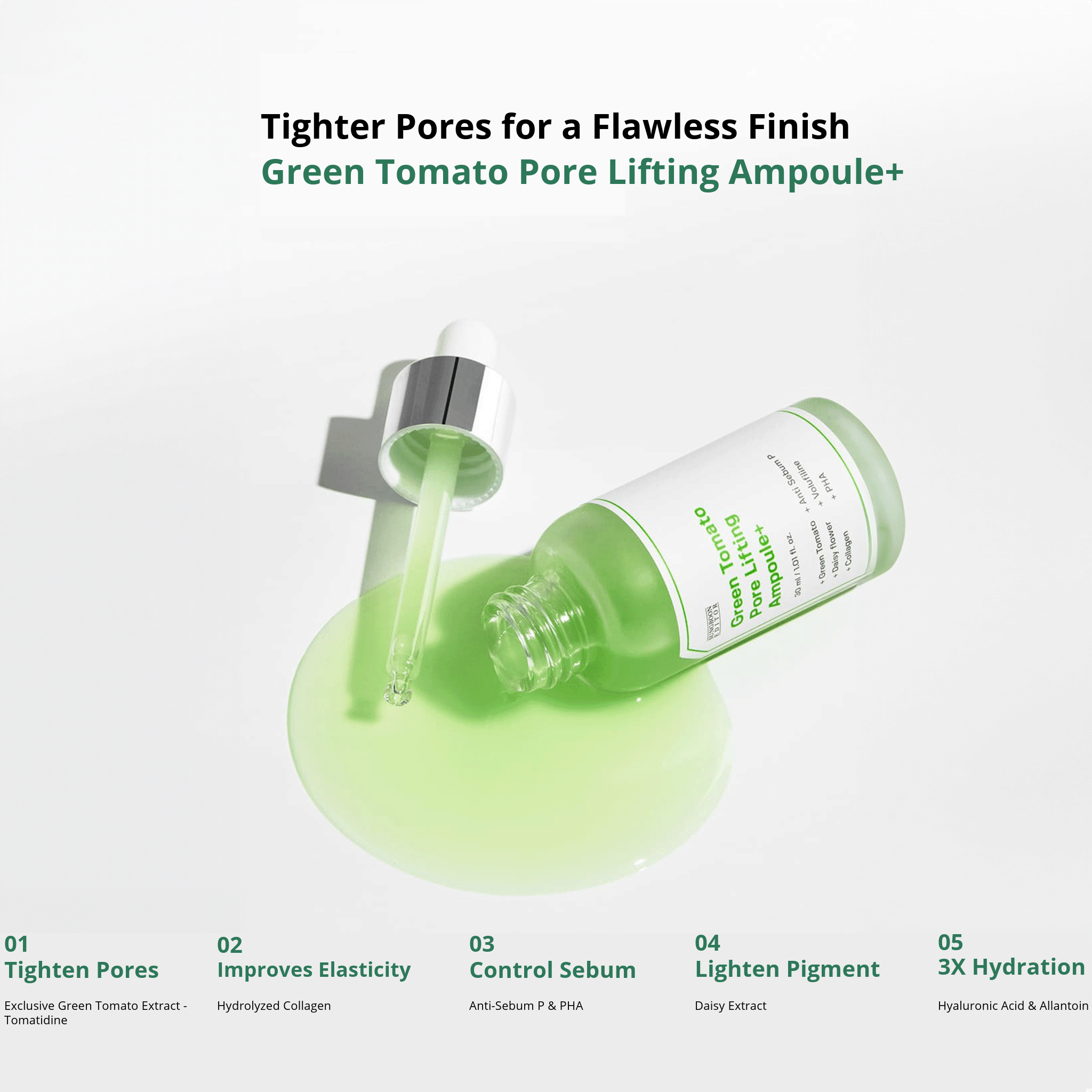
Leave a comment
This site is protected by hCaptcha and the hCaptcha Privacy Policy and Terms of Service apply.